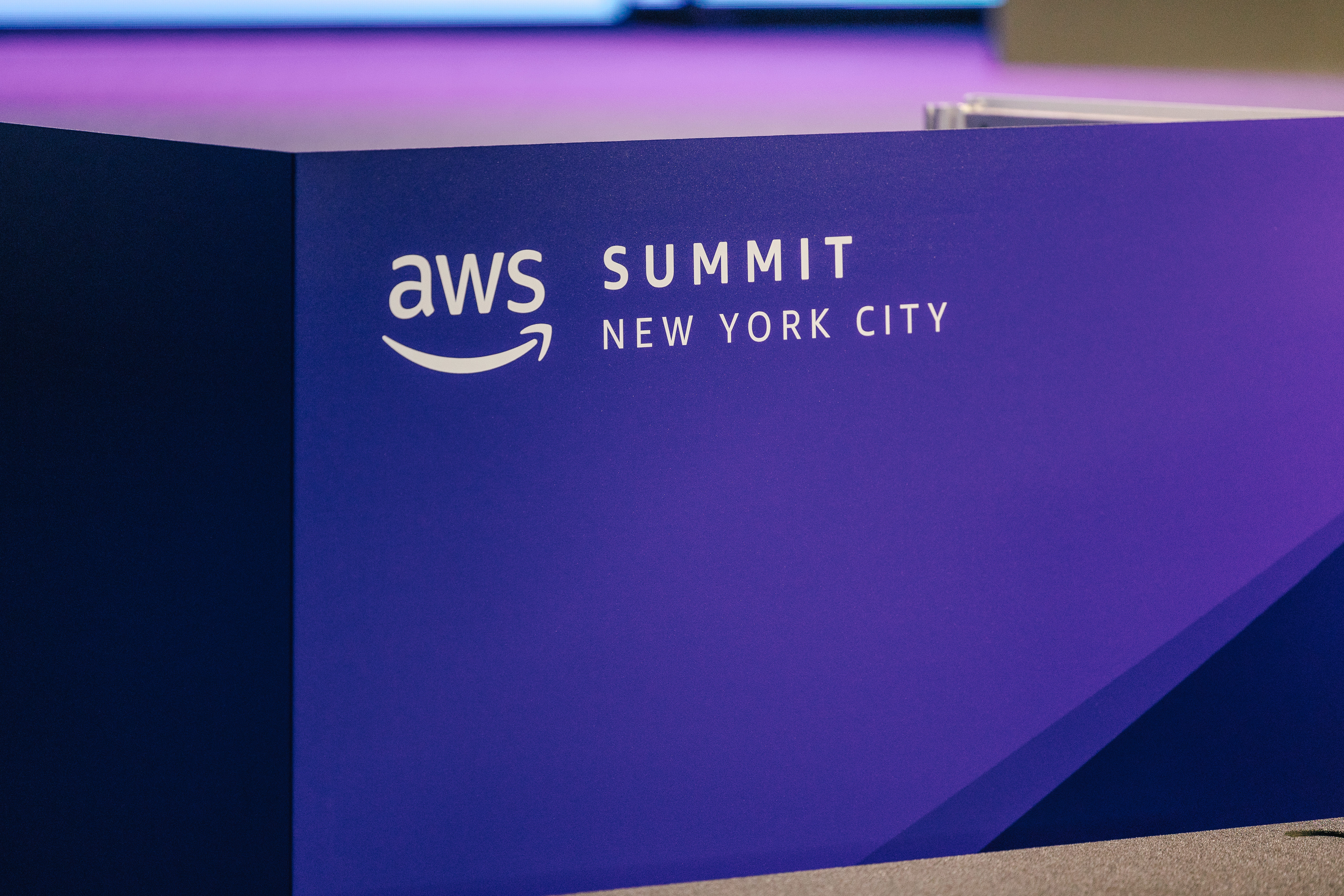- Events›
- AWS Summits
Empowering you to innovate with AWS
AWS Summits are free in-person events for builders and innovators to learn, think big, and make new connections. You’ll discover the transformative power of the AWS cloud by exploring emerging technologies, learning best practices, and networking with industry peers and experts. Whether you're just starting on your cloud transformation journey, or an experienced user with complex problems to solve, AWS Summits have the ideas and people you need to get it done. Join us, AWS Partners, and your peers to take the next step on your cloud journey together with the experts.

AWS Summits around the globe
Find an AWS Summit near you
Featured topics





Learnings and activations
Sponsorship opportunities
Elevate your brand at AWS Summits—where innovation meets collaboration. AWS Sponsorship packages and add-ons offer a unique opportunity to engage with cloud technologists and cultivate impactful relationships within the cloud community.
Showcase your company’s role in driving transformative solutions and shaping the future of business innovation. Limited packages are available; become a sponsor today!





